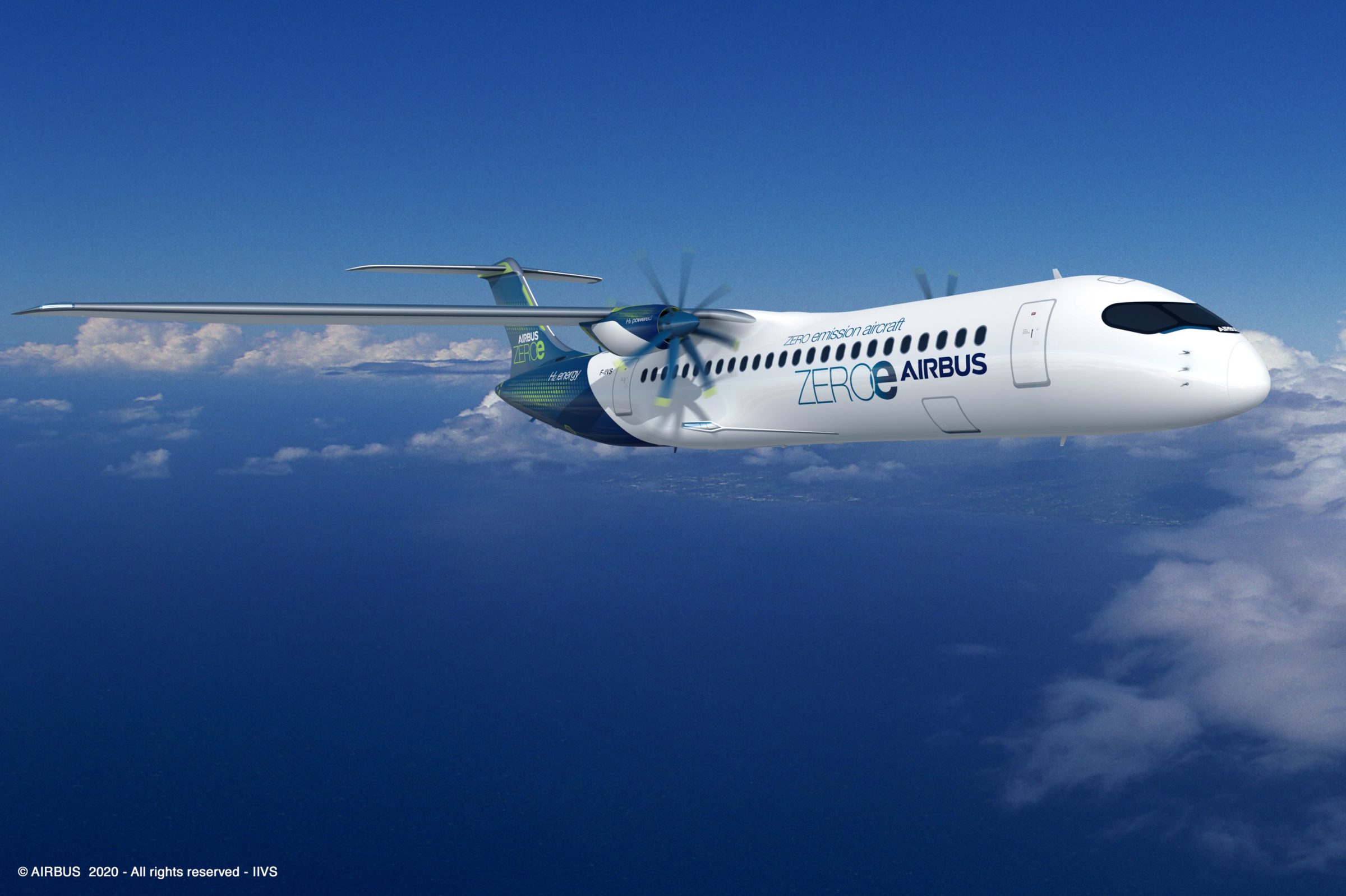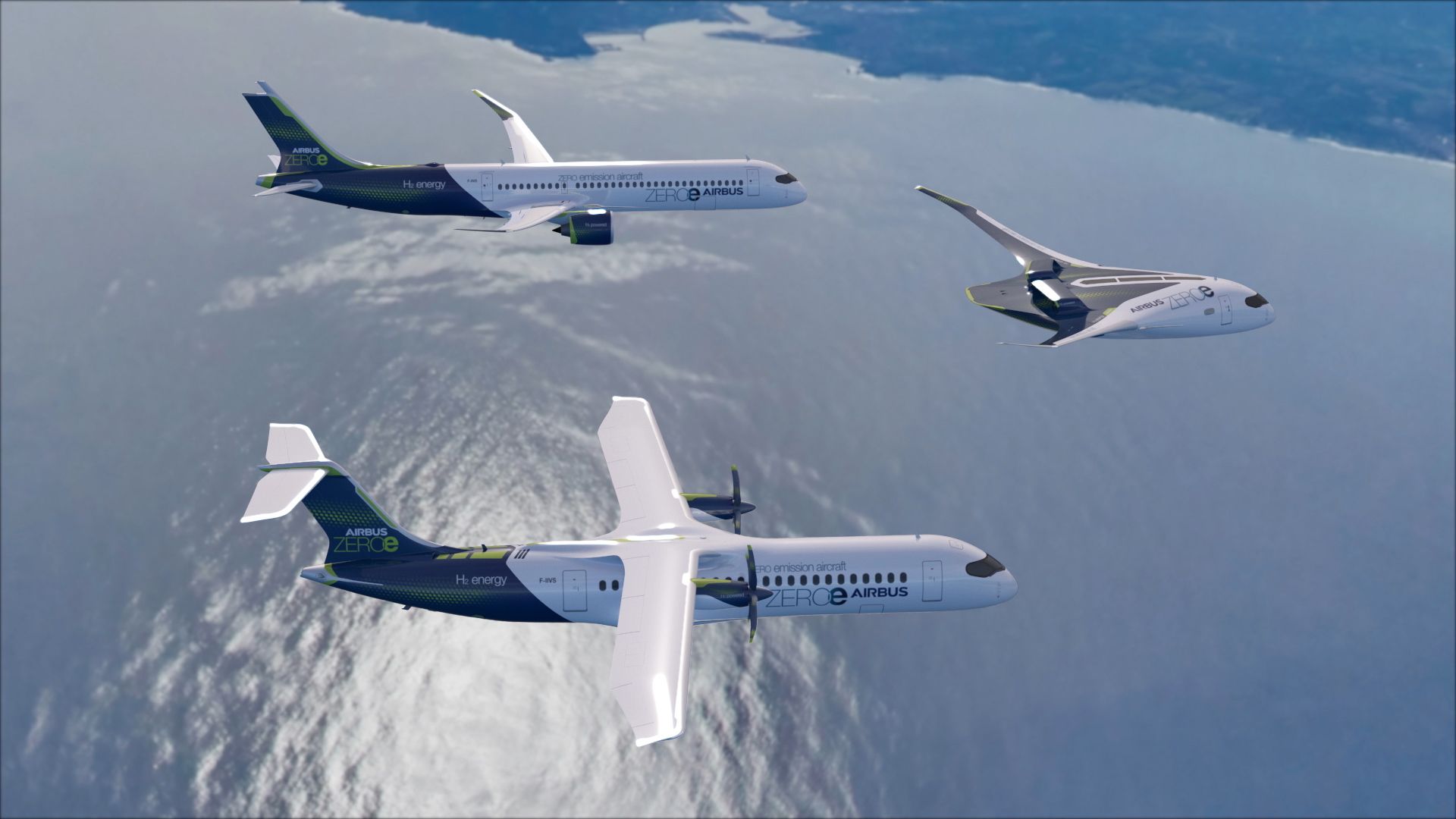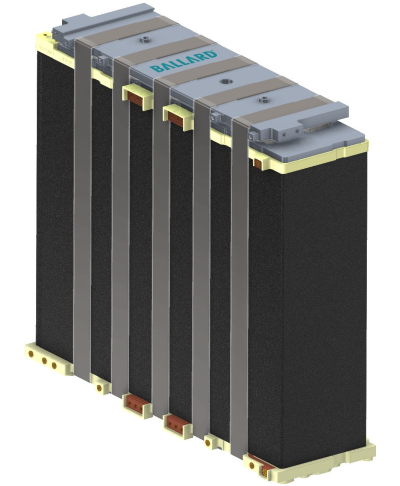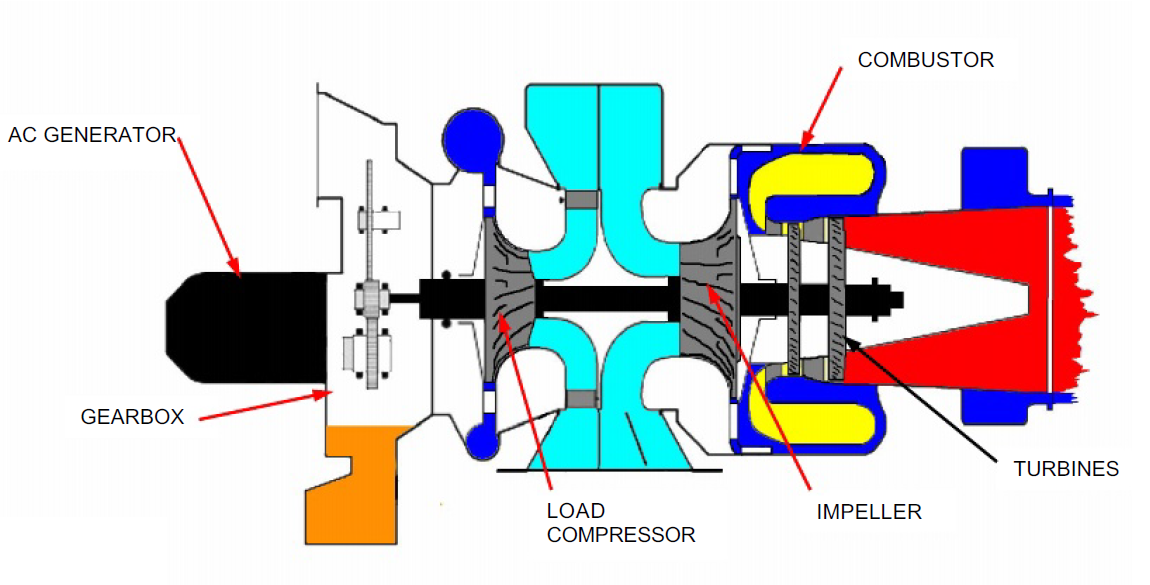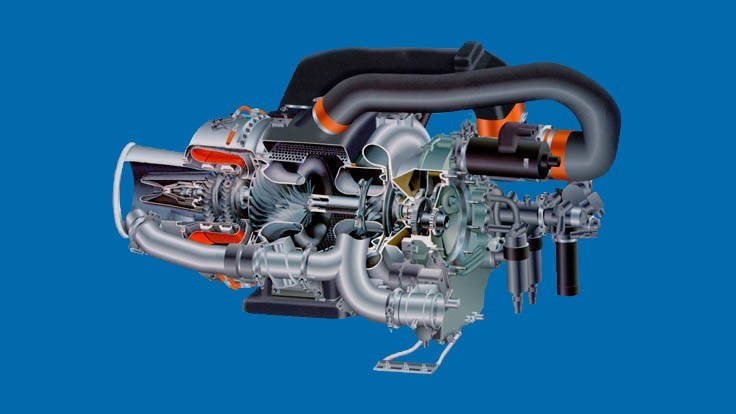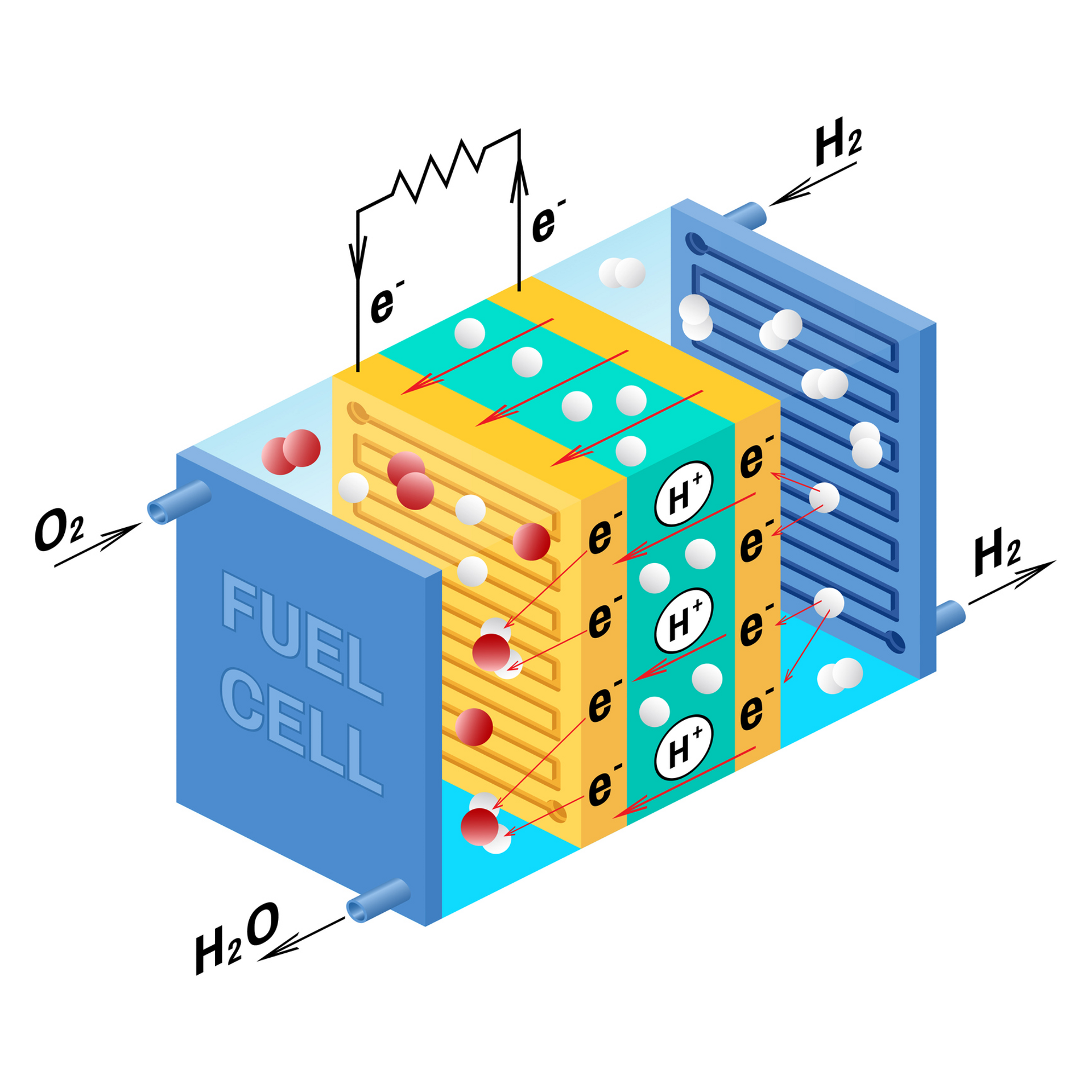Leeham News and Analysis
There's more to real news than a news release.
Bjorn’s Corner: The challenges of hydrogen. Part 32. Wrap-up: Going forward
April 9, 2021, ©. Leeham News: Last week we made a summary of the history of initiatives for sustainable aviation, now we look at the likely developments over the next 10 years.
What is the likely development for different classes of airliners and what technologies will be popular?
Bjorn’s Corner: The challenges of hydrogen. Part 31. Wrap-up: Where we stand
April 2, 2021, ©. Leeham News: It’s time to wrap up our series on the hydrogen airliner alternative for Sustainable Commercial Aviation.
We review the status for sustainable aviation as of today, then look at the future next week.
Bjorn’s Corner: The challenges of hydrogen. Part 30. Integrated nacelles.
March 26, 2021, ©. Leeham News: This week, we look at combining the propulsion and hydrogen tank in an integrated nacelle as Airbus proposes in Figure 1.
Airbus calls it its “pod” solution. What are the advantages, and what challenges does it present?
Bjorn’s Corner: The challenges of hydrogen. Part 29. Gas turbine heat management.
March 19, 2021, ©. Leeham News: This week we look deeper into the gains we can have for a hydrogen gas turbine-propelled airliner.
The ideas stem from the work of Chalmers Professor T. Grönstedt’s team in different EU research projects.
Bjorn’s Corner: The challenges of hydrogen. Part 28. Airbus priorities
March 12, 2021, ©. Leeham News: I had the chance to talk about Sustainable Air Transport with Airbus VP Zero Emission Aircraft, Glenn Llewellyn, in the week.
The discussion centered around Airbus’ overall direction and the targets with their ZEROe project.
Bjorn’s Corner: The challenges of hydrogen. Part 27. Fuel cell APU gains
March 5, 2021, ©. Leeham News: We have discussed different auxiliary power generation principles for a hydrogen aircraft over the last weeks. We found a fuel cell auxiliary power system has many attractions, one being the possibility of making an elegant more-electric aircraft system architecture.
With or without such an architecture, the fuel cell alternative will save hydrogen consumption and cost compared to a hydrogen-converted APU alternative. What’s the value of the saving?
Bjorn’s Corner: The challenges of hydrogen. Part 26. Auxiliary power
February 26, 2021, ©. Leeham News: Last week we discussed auxiliary power generation for a hydrogen aircraft and found that a fuel cell system had many attractions.
However, it’s more challenging to develop than a hydrogen-converted APU, and we were asked to work through this case as well.
Bjorn’s Corner: The challenges of hydrogen. Part 25. Auxiliary power
February 19, 2021, ©. Leeham News: Last week we discussed hydrogen aircraft propulsion and found a shaft power producing gas turbine was considerably more weight-efficient than a fuel cell powering an electric motor. Both had the same 55% shaft power efficiency.
Will a gas turbine APU burning H2 be the best choice for auxiliary power as well?
Bjorn’s Corner: The challenges of hydrogen. Part 24. Propulsion choice
February 12, 2021, ©. Leeham News: After covering the basics of fuel cells last week in our hydrogen airliner series, we now look at what type of system to choose for aircraft propulsion and onboard systems power.
We analyze the propulsion side this week.
Bjorn’s Corner: The challenges of hydrogen. Part 23. Hydrogen fuel cells
February 5, 2021, ©. Leeham News: Last week, we started the discussion around fuel cells as a source of electric energy in airliners. We went through the principle and asked some vital questions.
Now we look at different types of fuel cells and for what applications these are suited.



